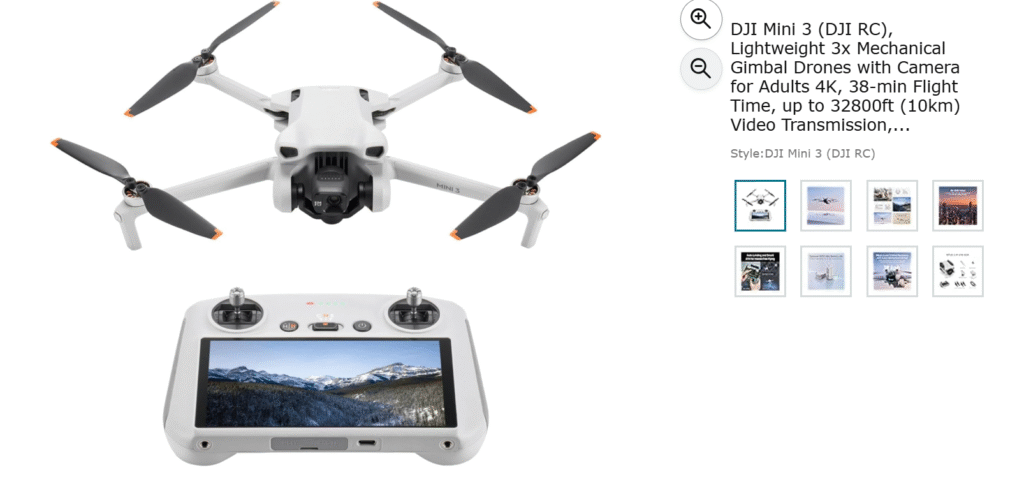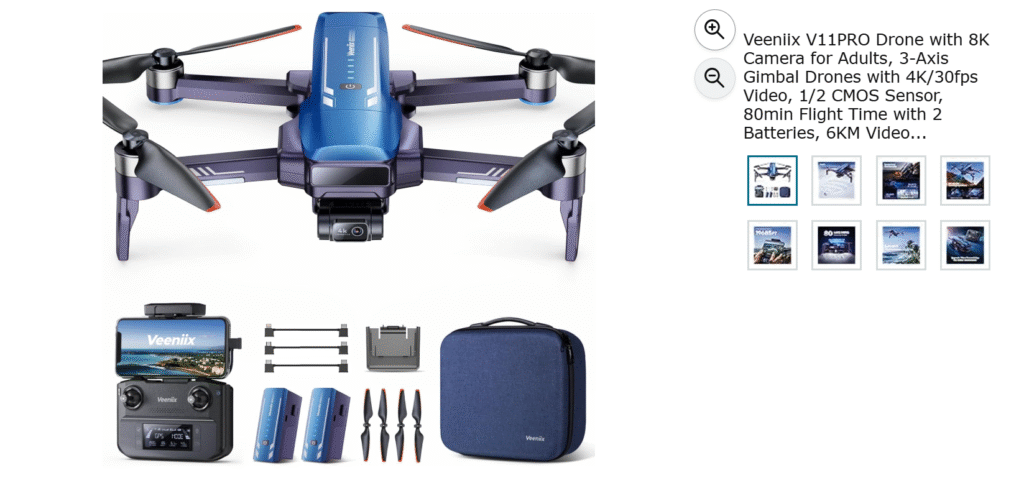OnLineDrones.com domain is for Sale
OnLineDrones.com domain is for Sale : https://www.domaineasy.com/buy-domain/onlinedrones.com

OnLineDrones.com domain is for Sale : https://www.domaineasy.com/buy-domain/onlinedrones.com

A drone, also known as an unmanned aerial vehicle (UAV), is a type of aircraft that is operated remotely or autonomously, without a pilot on board. Drones come in a range of sizes and shapes and can be used for a variety of purposes, including aerial photography and videography, surveillance, delivery of goods, and scientific research.

Drones have multiple rotors and are equipped with sensors, GPS, and other technology that allow them to navigate and fly in a controlled manner. They can be operated using a remote control or through a computer program, and some drones are equipped with artificial intelligence that allows them to make decisions and perform tasks without human intervention.
There are many different types of drones available, including consumer drones that are used for recreational purposes and professional drones that are used for commercial and industrial applications. The use of drones is regulated by various government agencies, and operators are required to follow specific guidelines to ensure the safe and responsible use of these aircraft.
There are many benefits to using drones, including:
www.OnlineDrones.com, www.OnlineDrone.com Domains are for sale